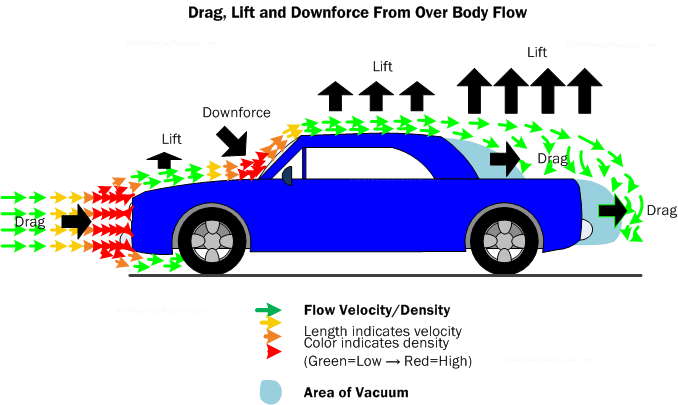There is the correct and incorrect way to do this.
Add vents a few inches right behind the radiator with turn "ups" to generate movement of hot air out of the engine bay without disrupting over hood airflow. The idea is not only to vent heat out, but to actually PULL the air out using the airstream over the hood. The correct way to do this is
1) Use vents with slates angled "up (rear higher than front)"
2) Make sure you have a diffuser in front of the slats to redirect airflow up and over the vent, and this low pressure area produced by the change in direction of air will allow the high pressure air in the engine bay to escape and join the over the hood airstream.
The last thing you want to do is impede air escaping out the hood due to the fast flowing air over the hood not being used to "energize" the stream coming from the engine bay.
In addition
1) I Highly recommend ducting the front end (this may take some thought as well, the vehicle is rally based and now you have obstacles to deal with (trees, rocks, cows, dildos..........etc)
2) I recommend AGAINST raising the rear of the hood if driving at speed. That actually acts as a high pressure zone impeding air escaping through the cowl area and actually traps hot engine bay air. more detrimental for the end goal at hand.








 Be the first to like this post.
Be the first to like this post.



 Back to top
Back to top
